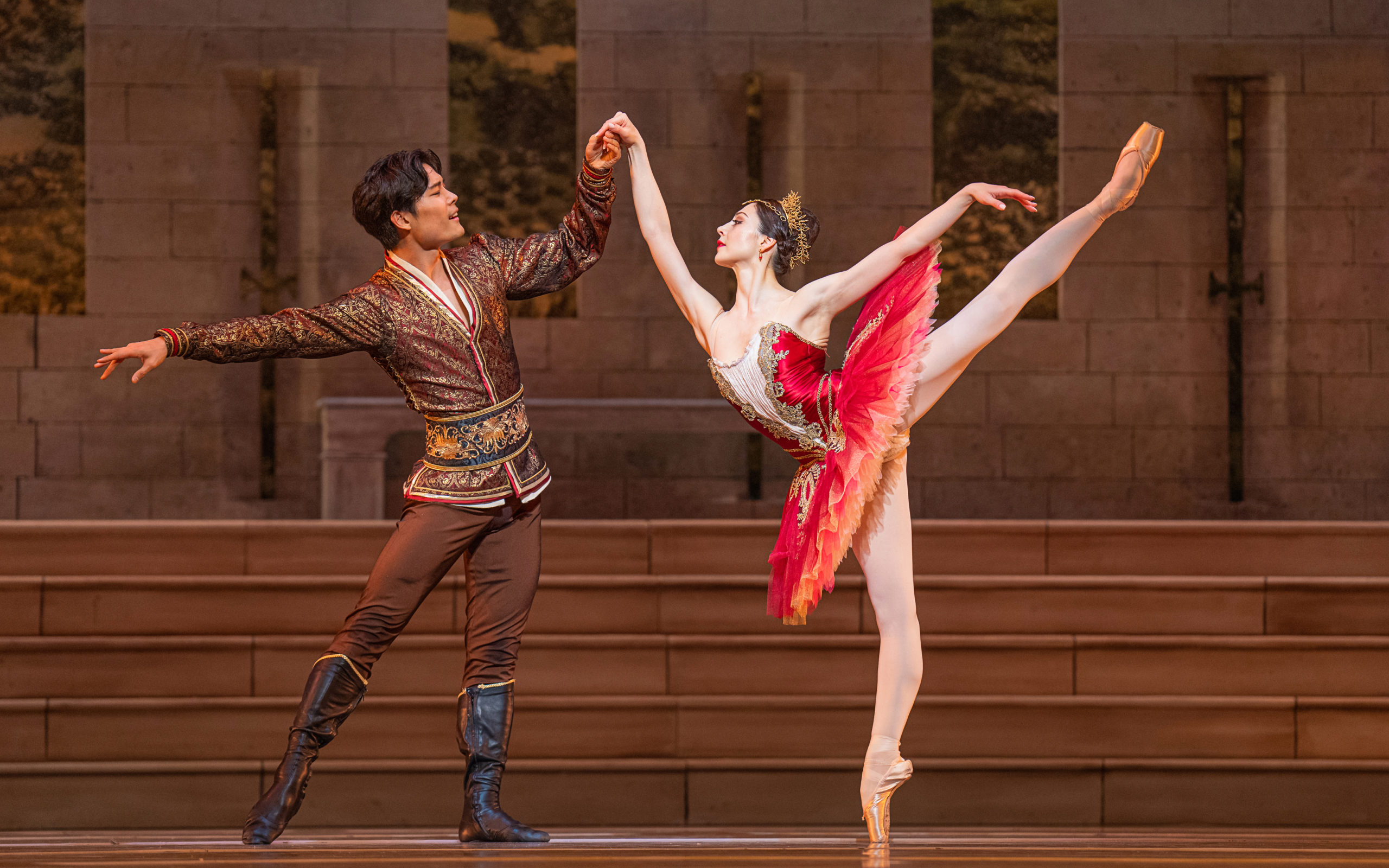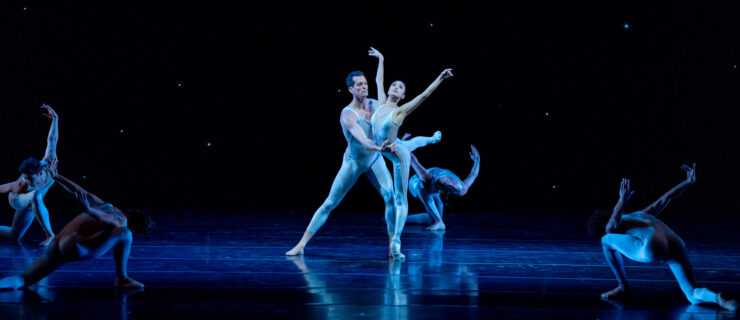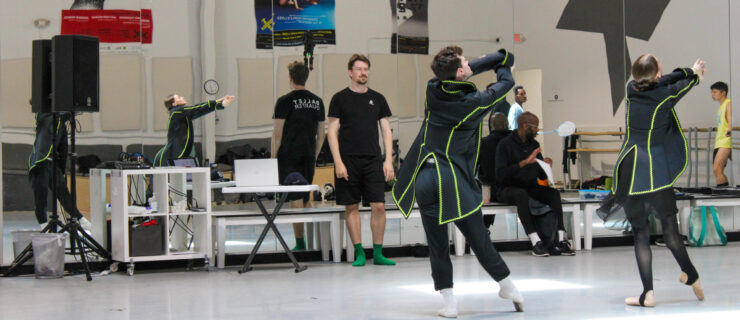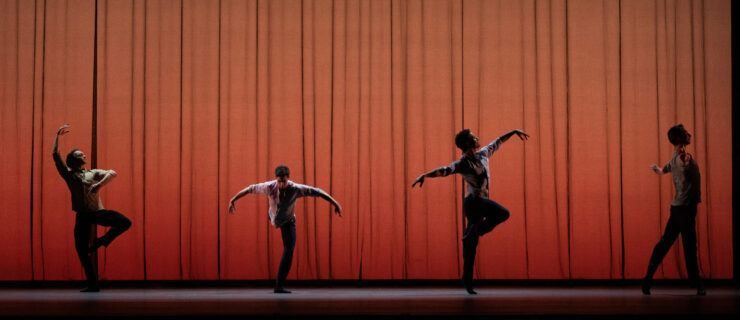Dutch National Ballet’s New “Raymonda” Brings Modern Sensibilities to a Petipa Classic
On April 3, Dutch National Ballet presents the crown jewel in its 60th-anniversary season: a new, full-length production of Raymonda, the company’s first.
“Raymonda is one of the greatest classical ballets,” says DNB artistic director Ted Brandsen. “It is a complete display of everything classical ballet has to offer.”
Raymonda, the last hit ballet created by choreographer Marius Petipa, premiered in 1898 at the Mariinsky Theater in St. Petersburg, Russia. Yet in order to revive the ballet, with its sumptuous score by Aleksandr Glazunov and its abundance of bravura dancing, DNB’s artistic team felt it must address its problematic narrative, steeped in cultural insensitivities.
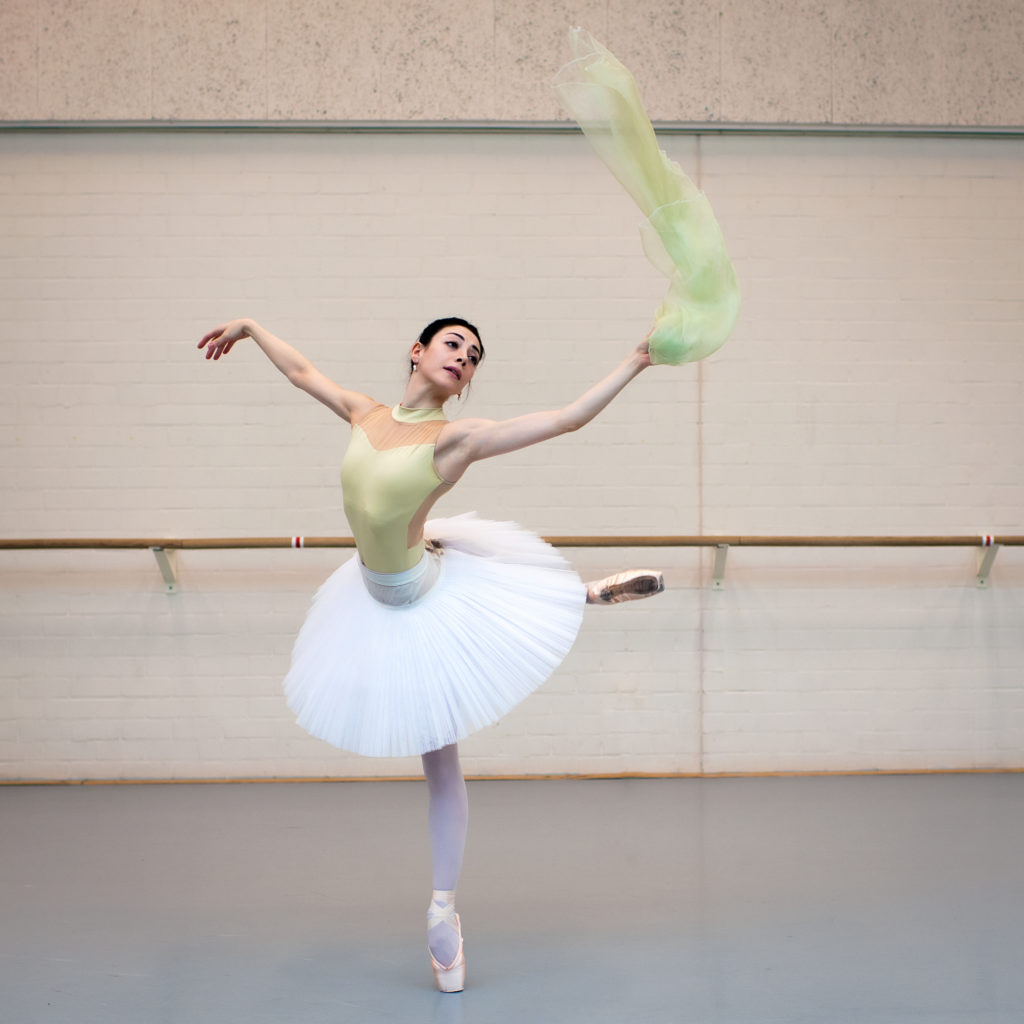
Unlike Tamara Rojo’s recent production of Raymonda for English National Ballet, in which she changed the setting, circumstances and character profiles to solve the ballet’s problematic aspects, Dutch National Ballet’s version takes a different approach.
“We wanted to display much of the original choreography from Petipa—its jewels—and make a setting for those jewels to shine,” says DNB associate director Rachel Beaujean, who provided the concept, direction and some new choreography for the production. To do that, she and Brandsen decided to make important changes to the original storyline, while preserving the medieval time period and characters. The mission, she says, was not to make the ballet about the “bad Islamic guy” who kidnaps Raymonda, and the “white-savior Crusader” who wins her in the end.
Beaujean and Brandsen also wanted to give Raymonda more agency. “In the original production the ballerina does seven variations and four pas de deux—it’s the hardest role in classical ballet,” says Brandsen. “But when it comes down to her being abducted in the storyline, she is a reluctant victim. Her fiancé, Jean de Brienne, makes the choice to save her—she doesn’t choose anything because she has no voice.”
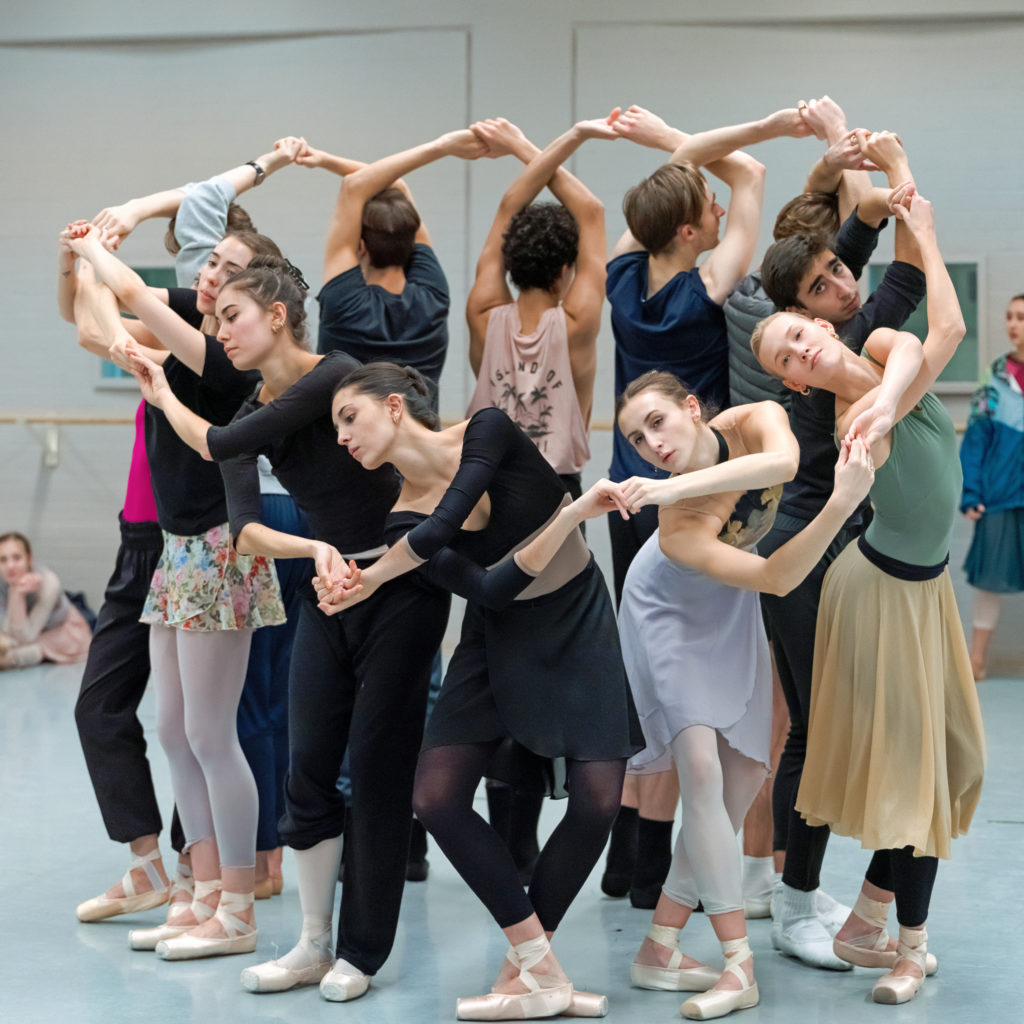
Subtle changes to the story allow Raymonda to be in charge of her own destiny and choose whom she marries. Beaujean says their production, which features sets and costumes by Jérôme Kaplan, also reenvisions Abderrakhman, the Saracen emir, as an erudite figure long-known to Raymonda’s family. When he comes to visit, he and Raymonda share a moment of mutual attraction. Conversely, Jean de Brienne is depicted as a more self-centered character who puts his needs above Raymonda’s. Gone, too, are the arranged marriage and kidnapping plotlines of Petipa’s original, along with offensive imagery seen in some historical productions, such as child dancers in blackface.
The concept of making Abderrakhman the good guy is not new. Vasily Vainonen and Yuri Slonimsky did so for the 1938 Kirov production, making Jean de Brienne the villain to Abderrakhman’s hero. That production, however, failed to reconcile Glazunov’s music with the changes in the characters. Beaujean took steps not to make the same mistake; she and her team spent four months working with pianist and musical adviser Olga Khoziainova and Dutch National Ballet Orchestra leadership to minimally rework the score, changing keys and moving sections to make a new musical libretto that would work with the changes made to certain characters and to the ballet.
Beaujean also worked closely with Grigori Tchitcherine, formerly of the Mariinsky Ballet, to bring as much of Petipa’s original choreography to the stage as possible. The two spent over two years researching the ballet, from the 1898 notations by Vladimir Stepanov to Konstantin Sergeyev’s 1948 version still performed by the Mariinsky. Beaujean says her biggest choreographic additions include a love pas de deux at the end of Act II, the dream pas de deux between Raymonda and Abderrakhman, which has now been transformed into a passionate duet, and another pas de deux that replaces the former “Oriental dance” in Act II.
Ultimately, says Brandsen, the intent was not to make a faithful reconstruction but to have the storyline, even with its changes, be secondary to the music and the dancing: “The ballet for us is not about the drama but the beauty of the choreography, and preserving the essence of a masterpiece from the past in a way that we can see it with fresh eyes today.”
